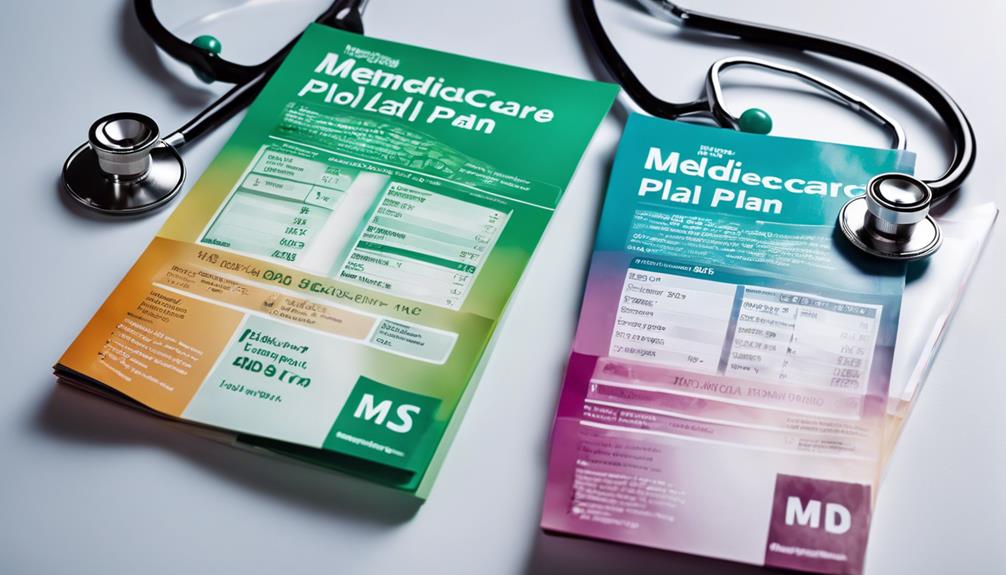Medicaid audits are a crucial aspect of ensuring that healthcare providers adhere to regulations and guidelines set forth by the program. Many individuals and providers often ask, “how far back can Medicaid audit?” This question is vital as it helps to understand the potential risks and implications of long-term audits. In this blog post, we will explore the timeframe for Medicaid audits, the reasons behind these audits, and what both providers and beneficiaries need to know to navigate this complex landscape.
Understanding Medicaid Audits
Medicaid audits are systematic reviews conducted to ensure that healthcare services billed to Medicaid are appropriate, necessary, and compliant with federal and state regulations. These audits can be initiated by state Medicaid agencies, the Centers for Medicare & Medicaid Services (CMS), or third-party auditors. The primary goal is to prevent fraud, waste, and abuse within the system while ensuring that beneficiaries receive quality care. The audit process can involve reviewing patient records, billing statements, and other relevant documentation.
Timeframe for Medicaid Audits: How Far Back Can They Go?
When it comes to the question of “how far back can Medicaid audit,” the answer can vary based on several factors. Generally, Medicaid can audit claims for up to five years from the date of service. This five-year window is consistent with federal guidelines, although some states may have different rules. It’s essential for healthcare providers to be aware of these timeframes as they prepare their documentation and billing practices.
Factors Influencing the Audit Timeframe
Several factors can influence the duration of the audit period. For instance, if a provider is found to have committed fraud or has discrepancies in their billing practices, Medicaid may extend the audit period indefinitely. Additionally, states may have their own specific regulations that could allow for longer audit periods in certain circumstances. Providers should familiarize themselves with both federal and state regulations to ensure compliance and to be prepared for any potential audits.
Types of Medicaid Audits
There are various types of Medicaid audits that can be conducted, each serving a different purpose. These include pre-payment audits, post-payment audits, and comprehensive audits. Pre-payment audits occur before a claim is paid and are typically used to prevent improper payments. Post-payment audits happen after the payment has been made and focus on identifying any discrepancies or overpayments. Comprehensive audits may cover a broader range of services and can involve an in-depth review of a provider’s entire practice. Understanding these types of audits can help providers prepare their practices and documentation accordingly.
The Audit Process: What to Expect
The Medicaid audit process generally involves several steps. Initially, an audit notification is sent to the provider, outlining the specific areas of review. Following this, auditors will request documentation, which may include patient records, billing statements, and other relevant information. Providers should be prepared to cooperate fully and provide the requested documentation in a timely manner. After the review is complete, auditors will issue a report detailing their findings, which may include overpayments or necessary adjustments to billing practices.
Consequences of Medicaid Audits
Understanding the potential consequences of Medicaid audits is essential for both providers and beneficiaries. If discrepancies are found during an audit, providers may be required to repay any overpayments, which can be a significant financial burden. Additionally, repeated violations or findings of fraud can lead to severe penalties, including the loss of Medicaid provider status. For beneficiaries, improper audits can result in delayed or denied services. It is crucial for everyone involved to take audits seriously and to maintain accurate and thorough documentation.
How Providers Can Prepare for Medicaid Audits
Preparation is key when it comes to Medicaid audits. Providers should implement best practices for record-keeping and billing to ensure compliance with Medicaid regulations. This includes maintaining accurate patient documentation, regularly training staff on billing practices, and conducting internal audits to identify and correct any potential issues before they become significant problems. Staying informed about changes in Medicaid regulations and guidelines is also vital for ongoing compliance.
The Importance of Legal and Professional Guidance
Given the complexity of Medicaid audits and the potential consequences of non-compliance, seeking legal and professional guidance is advisable. Healthcare providers can benefit from consulting with legal experts who specialize in healthcare law and Medicaid regulations. Additionally, working with billing specialists or auditors can help ensure that practices are compliant and that documentation is thorough and accurate. By proactively addressing potential issues, providers can mitigate the risk of unfavorable audit outcomes.
Conclusion: Navigating the Medicaid Audit Landscape
In conclusion, understanding “how far back can Medicaid audit” is essential for healthcare providers and beneficiaries alike. The typical audit timeframe is five years; however, various factors can influence this duration. By being aware of the audit process, potential consequences, and best practices for preparation, providers can navigate the Medicaid audit landscape more effectively. Utilizing legal and professional guidance can further enhance compliance and help avoid significant pitfalls. Staying informed and proactive is key to ensuring that both providers and beneficiaries can continue to receive the quality care they deserve.
